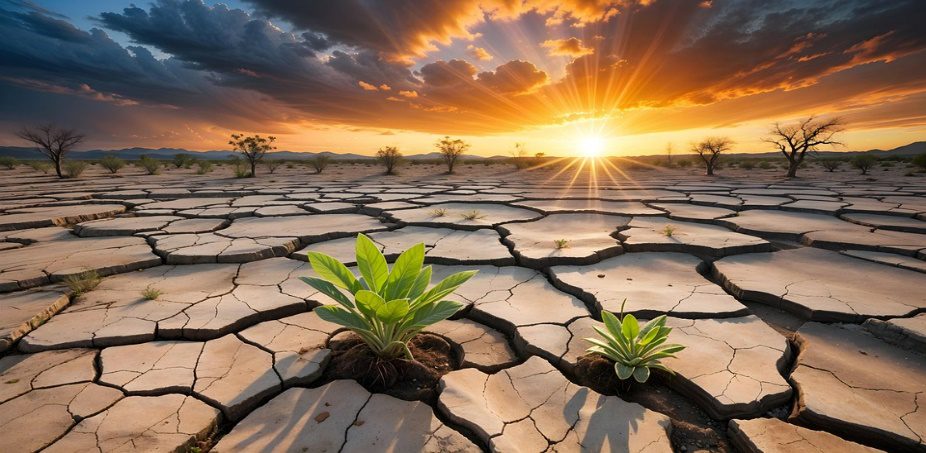Introduction
Climate change has often been discussed in terms of melting glaciers, rising sea levels, and endangered species. However, few know that it’s also a matter of human rights. Climate justice refers to ensuring that all people, no matter where they come from, live with dignity in a clean and safe environment. The gap between the environmental crisis and social equality argues for a fair and inclusive approach to solving climate change.
The Importance of Climate Justice
Climate justice isn’t just a lofty ideal; it’s a necessity. The effects of climate change disproportionately impact marginalized communities, making it clear that addressing environmental issues is inseparable from addressing social inequities.

The Human Rights Perspective
Every human being deserves to have clean air, safe drinking water, and good living conditions. But climate change is going to pose a threat to the exercise of these rights mainly by vulnerable groups such as children, the elderly, and low-income earners.
- The Right to a Clean Environment. But pollution and environmental degradation too often happen in the poorest places.
- Impact on Vulnerable Populations: Think of communities in low-lying coastal areas or drought-prone regions. These groups have the least resources to adapt but face the harshest consequences
Climate Injustice and Social Inequality
Climate injustice magnifies existing social inequalities. The worst impacts, such as displacement and loss of livelihoods, are more likely to affect marginalized communities. For instance:
- Climate-Induced Displacement: Rising seas or impossible living conditions force entire groups of people to migrate. They become “climate refugees.”
- Health Inequities: Increased pollution and erratic weather patterns have a heavier impact on those who may not have access to better healthcare.
Bridging the Gaps with Climate Justice
The solution to these differences lies in climate justice policies that are inclusive and put into consideration the needs of the most affected communities. Through the empowerment of local voices, solutions are both equal and effective.
- Inclusive Policies: Governments must prioritize climate adaptation programs that protect vulnerable populations.
- Empowering Communities: Local leaders and grassroots movements play a pivotal role in implementing practical solutions.
Global Partnerships for Climate Justice
Tackling climate change requires global collaboration. Initiatives like the Paris Accord emphasize shared responsibility while recognizing the differing capabilities of nations.
Helping Role from Industrial Countries Wealthier states have the finances to engage developing countries to strengthen capacity and resilience building for a climate change-proofed livelihood.
- Grassroots activism
Climate justice does not only rely on top-down approaches. The power and strength of grassroots actions have particularly been seen at youth-led initiatives such as Fridays for Future.
- Economic Approach to Climate Justice
Transitioning to sustainable economies is not only good for the planet but also good for people. Green jobs and renewable energy offer opportunities to reduce poverty while combating climate change.
- Education and Awareness
Education is the key to achieving climate justice. Schools, media, and community programs can play a huge role in raising awareness about the interconnectedness of human rights and the environment.
Success Stories in Climate Justice
It comes alive when viewing solar energy projects in rural India or coastal restoration efforts in the Philippines- just a few examples. These stories inspire hope and serve as models that other regions can follow in their journey to climate justice.
Technological Innovations
This is a game-changer. Solar panels, purification systems, and carbon capture technologies all help bridge this gap between sustainability and equity.
Challenges in the Implementation of Climate Justice
Despite its importance, climate justice faces significant hurdles. Political resistance, economic constraints, and cultural barriers often slow progress.
Role of Legislation and Governance
Strong laws and accountable governance are fundamental. Policies that enforce environmental protection and penalize violators are crucial in achieving justice.
A Vision for the Future
Imagine a world where everyone can access clean energy, safe housing, and opportunities to thrive. Climate justice paves the way for this vision by addressing the root causes of inequality and environmental degradation.
Conclusion
Climate justice is not just saving the planet; it’s a future where everyone, irrespective of their background, will be able to enjoy their fundamental human rights. It calls for collective responsibility; governments, corporations, and individuals must act with urgency and compassion.